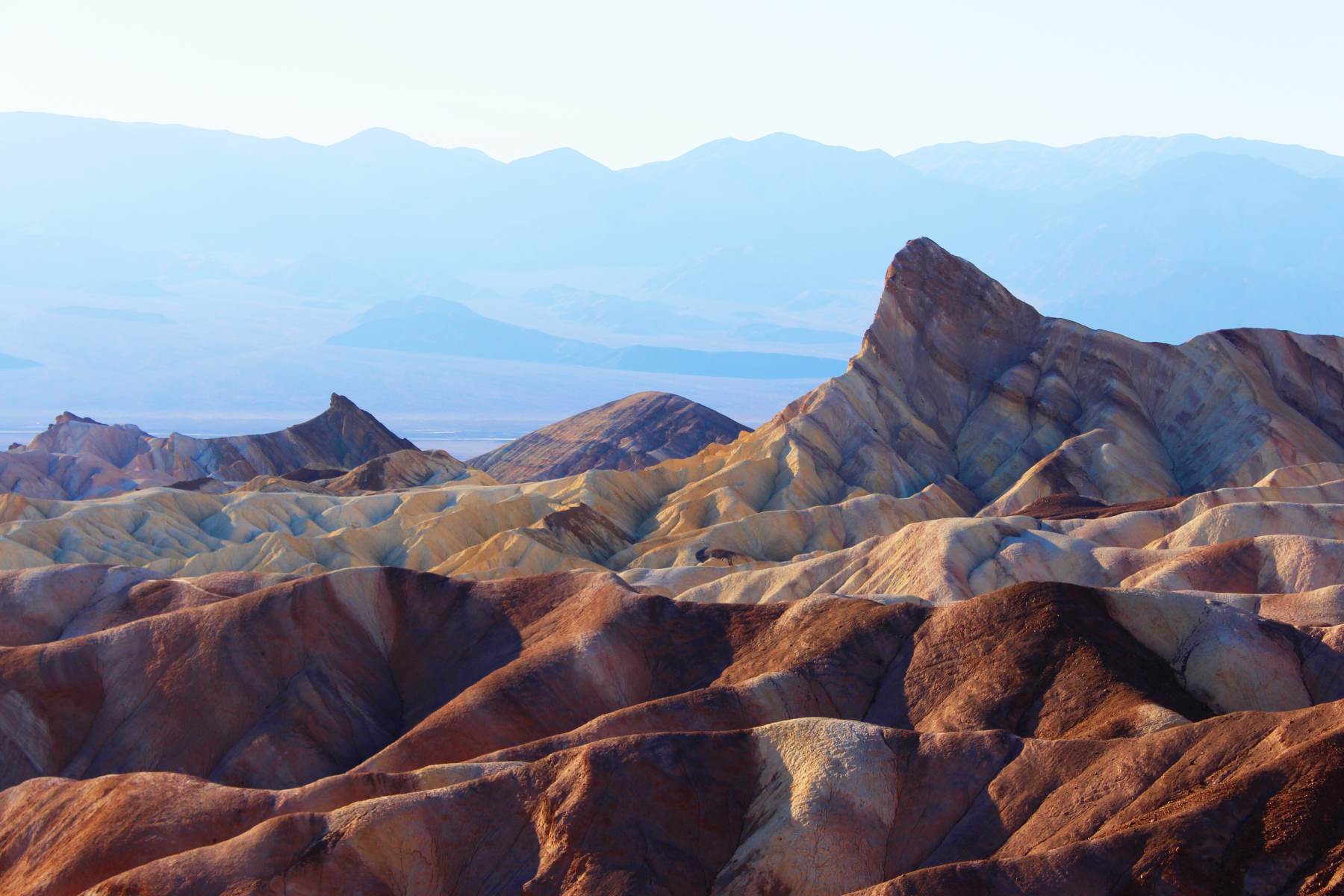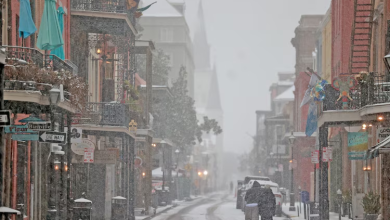Embarking on an Epic Journey to Death Valley National Park
Hey, fellow travel enthusiasts! Welcome to an adventure of a lifetime as we explore the captivating wonders of Death Valley National Park. From its historical treasures to mind-blowing landscapes, Death Valley is a true gem for those seeking the extraordinary.
Where in the World is Death Valley?
Let’s kick things off with geography! Death Valley is nestled on the eastern border of south-central California, showcasing its grandeur in the northern Mojave Desert. This expansive wonder spans 5,270 square miles, making it the largest national park in the Lower 48. It even stretches into Nevada, revealing its vastness and diverse terrain.
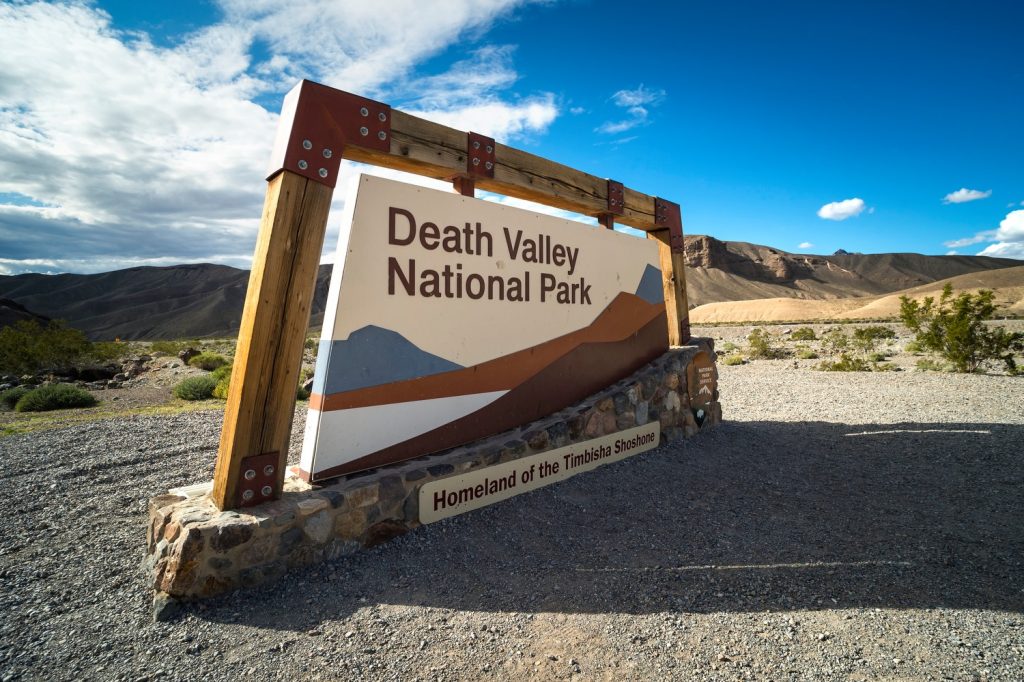
Unveiling Death Valley’s Hidden Gems
Now that we know where we are, let’s dive into the myriad of activities awaiting us. Death Valley National Park offers a plethora of experiences, from leisurely walks to challenging hikes. Grab a map at the Furnace Creek Visitor’s Center and chart your course to iconic destinations like Zabriskie Point, Mesquite Flat Sand Dunes, and the lowest point on Earth at Badwater Basin. Don’t forget, Death Valley is also an International Dark Sky Park, promising stellar stargazing experiences.
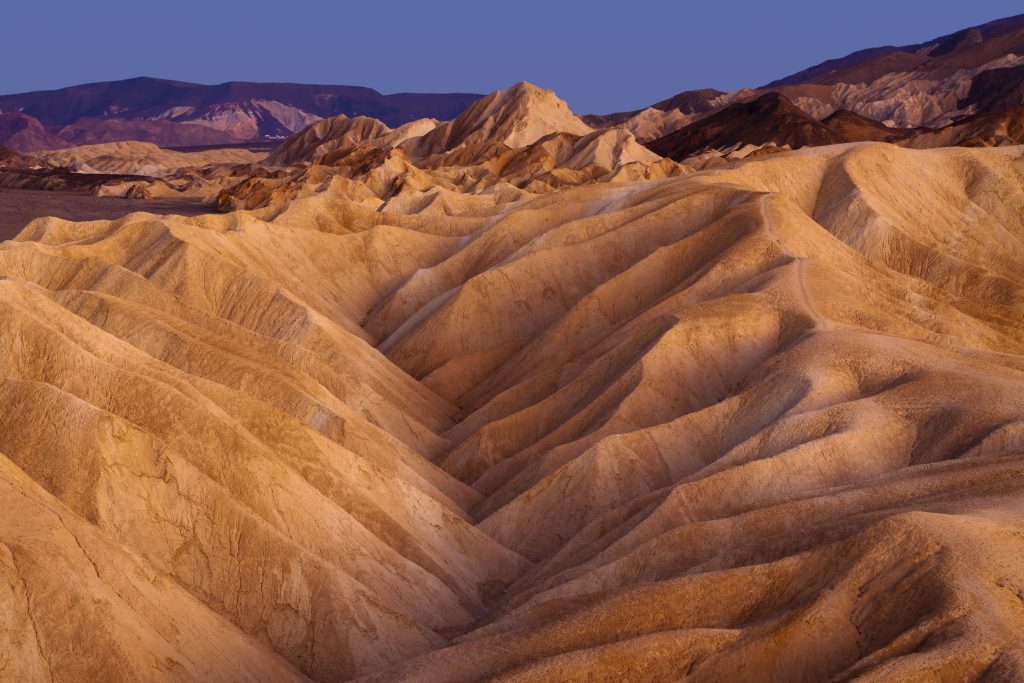
Elevation Tales: Badwater Basin to Telescope Peak
Prepare to be astounded by Death Valley’s vastness, stretching 130 miles long and 12 miles wide. The elevation journey is equally mesmerizing, with the valley floor sinking below sea level for 70 miles. The lowest, hottest, and driest point in the Western Hemisphere, Badwater Basin, sits at a staggering 282 feet below sea level. No wonder Death Valley holds the record for the hottest air temperature ever recorded, a scorching 134°F in 1913.
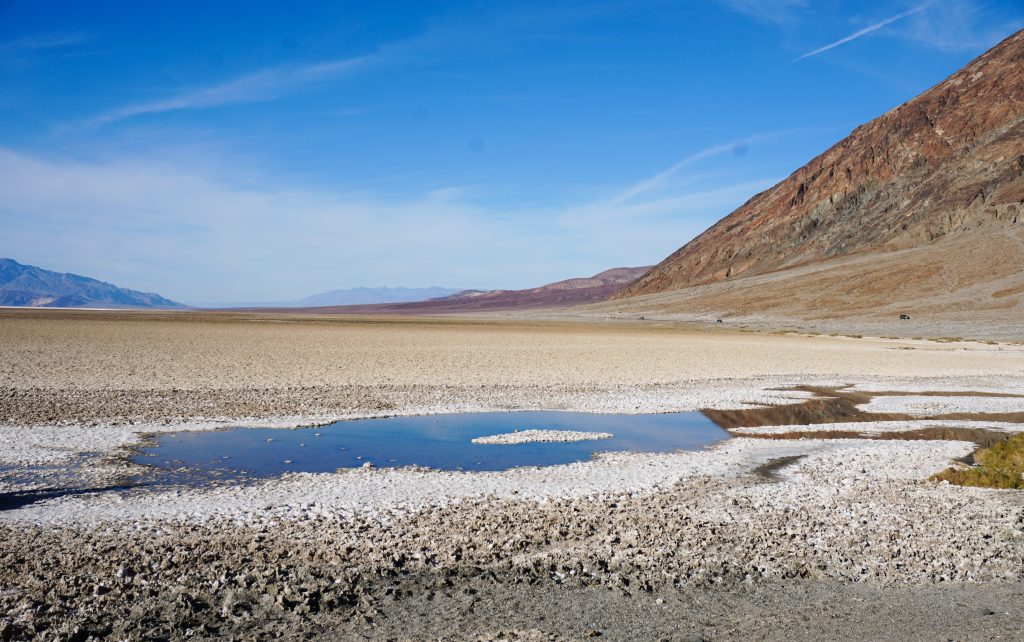
Dunes and Flats: Sand Adventures in Death Valley
Picture endless sand dunes and vast salt flats—Death Valley doesn’t disappoint. Mesquite Flat Sand Dunes and Badwater Basin’s salt flats are must-see wonders. While recreation is allowed, certain activities like off-road vehicles, sledding, and sand skiing are restricted to preserve the delicate desert ecosystem.
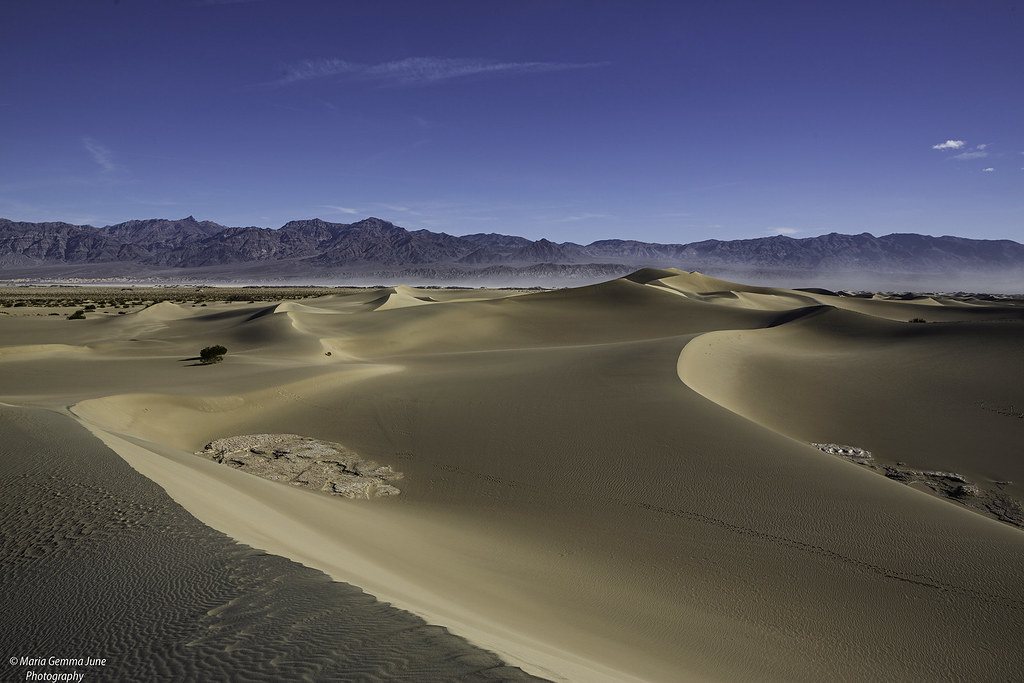
Blooms in the Desert: Death Valley’s Wildflower Spectacle
Timing is everything when it comes to Death Valley’s seasonal wildflower blooms. With a bit of luck and perfect conditions, the desert transforms into a canvas of purple, gold, pink, and white wildflowers. Keep an eye out from February to April in lower elevations, early April to May between 3,000 to 5,000 feet, and May to July above 5,000 feet for this stunning natural spectacle.
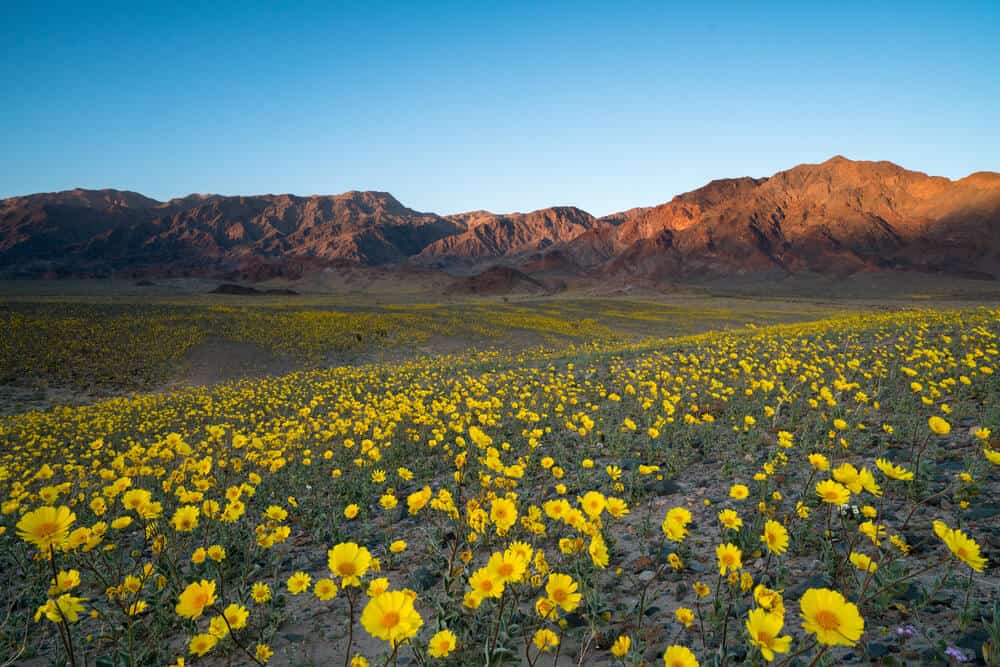
Wildlife Survival in the Desert Oasis
Discover the resilient creatures that call Death Valley home. From the majestic desert bighorn sheep to the nimble kangaroo rat, wildlife thrives by adapting to the extreme climate. Grab your binoculars for birdwatching—roadrunners, hummingbirds, and shrikes are just a few of the avian wonders to spot.
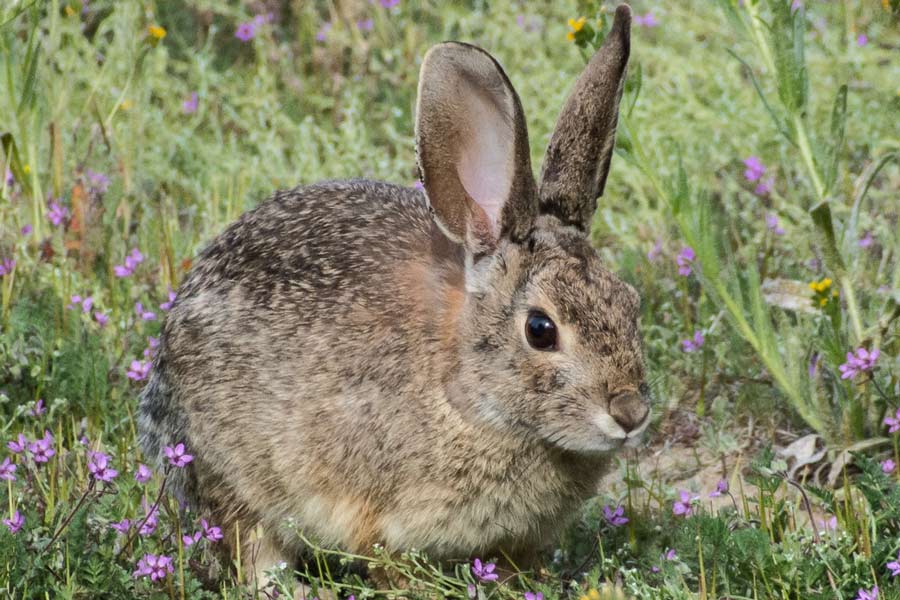

Navigating the Extremes: Safety Tips for Death Valley
A land of extremes demands preparation. With elevations ranging from below 200 feet to towering peaks above 12,000 feet, Death Valley experiences all four seasons. Remember to bring ample water, as heat-related issues are a genuine concern. Scientists predict increasing temperatures, so stay hydrated and be cautious.
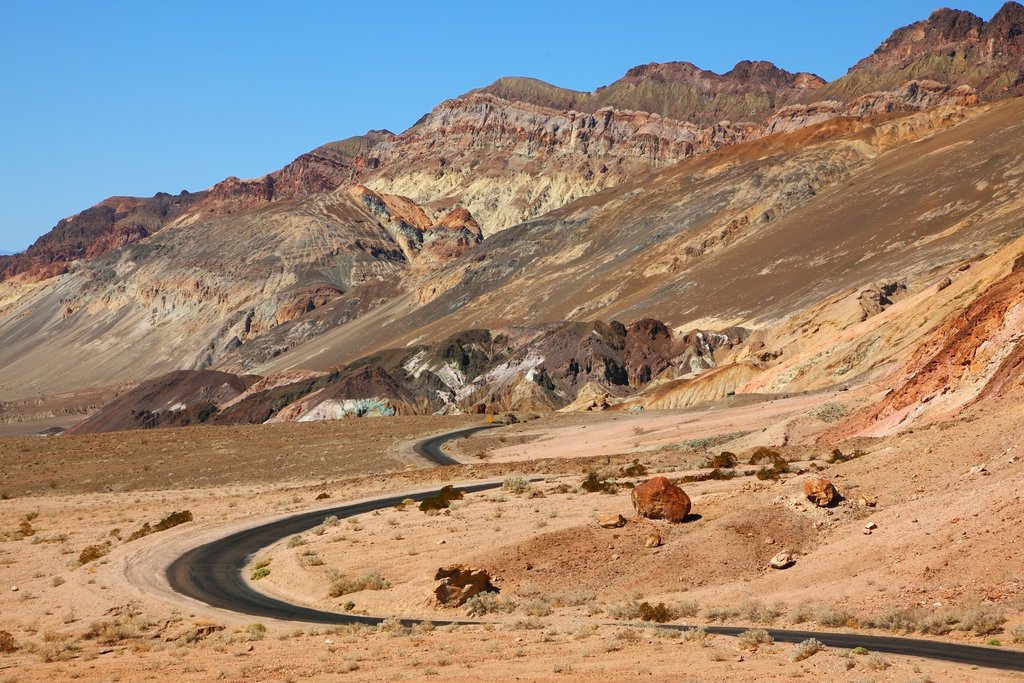
The Oasis at Death Valley: Gateway to the Park
Your base for exploring Death Valley is The Oasis at Death Valley. From here, set out to witness natural wonders like salt flats, geological formations, and the lowest point in the Americas—Badwater at 282 feet below sea level—all the way to the majestic mountains rising to 11,049 feet at Telescope Peak.
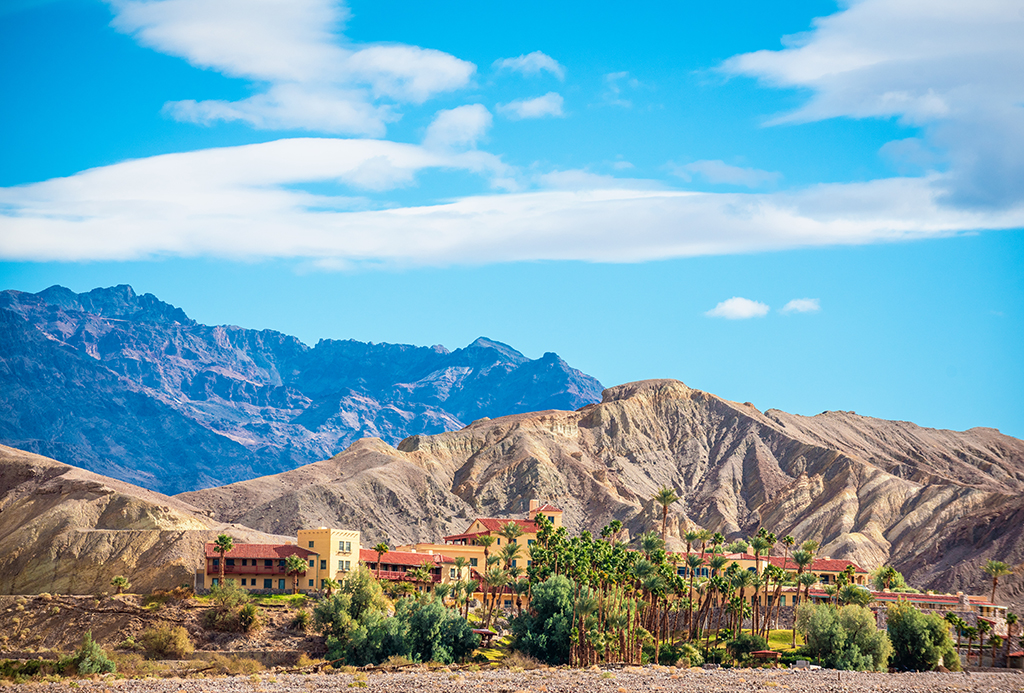
Must-See Sites Within the Park
Ensure you don’t miss out on key attractions within the park. Explore the Borax Museum at the Ranch at Death Valley for a historical journey. Drive along Artist’s Drive, marveling at its breathtaking colors and natural rock formations. Discover Badwater, Devil’s Golf Course, Mushroom Rock, Zabriskie Point, Dante’s View, and Harmony Borax Works for a complete Death Valley experience.
FAQs – Your Death Valley Queries Answered
Q1: When is the best time to visit Death Valley National Park?
A1: While Death Valley is open year-round, the cooler months from late fall to early spring are ideal for comfortable exploration.
Q2: Can I camp in Death Valley?
A2: Absolutely! Camping is permitted in designated areas, offering a unique opportunity to experience the park’s natural beauty under the stars.
Q3: What should I pack for a trip to Death Valley?
A3: Pack plenty of water, sunscreen, comfortable clothing, and sturdy hiking shoes. Be prepared for fluctuating temperatures and bring layers.
Q4: Are there guided tours available in Death Valley?
A4: Yes, guided tours are available, providing insightful narratives about the park’s history, geology, and wildlife.
Embark on your Death Valley journey, where the extraordinary becomes the norm. Prepare for an adventure filled with history, stunning landscapes, and a connection with the raw beauty of nature. Get ready to make memories that will last a lifetime!
